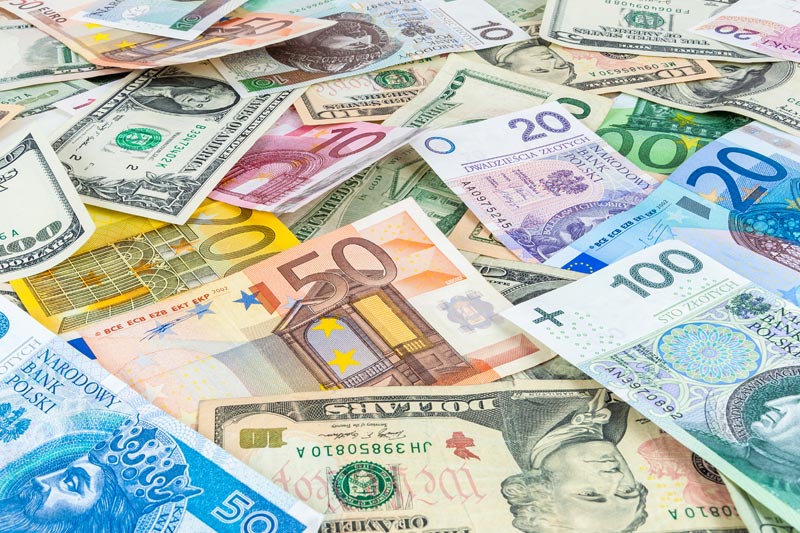Investing.com – The Australian dollar drifted lower against its U.S. counterpart during Wednesday’s Asian session following the release of wage price data from down under.
In Asian trading Wednesday, AUD/USD fell 0.06% to 1.0350. The pair was likely to find support at 1.0274, Monday’s low and resistance at 1.0378, Friday’s high.
In a report released earlier today by the Australian Bureau of Statistics, the Australian wage price index rose to 0.8% in the fourth quarter from 0.7% in the prior quarter. Analysts expected the increase to 0.8%. Some traders view the news as a sign that the Reserve Bank of Australia has room to cut interest rates at some point later this year.
RBA is firm in its desire to see wage inflation rise no higher than 4.5%. Slower wage growth is seen as taming inflation, which could mean RBA does not need to act in the near-term to cut interest rates.
The wage index data comes day after the release of monetary policy meeting minutes from RBA, which revealed the central bank is waiting to see how previous rate cuts are affecting the world’s 12th-largest economy. Australia’s overnight cash rate is currently 3%.
Elsewhere, an investment firm said on Tuesday that the Aussie could trade significantly higher against the greenback over the next several years, perhaps reaching the lofty 1.30 level, due to the currency’s tight correlation to Asian stocks.
Home to scores of fast-growing emerging markets, the Asia-Pacific region has some best-performing equity markets in the world. Even with that fact well-known, some analysts see Asian stocks as undervalued. That could mean more upside ahead and more upside for the Aussie as well.
Meanwhile, EUR/AUD rose 0.21% to 1.2956 while AUD/JPY fell 0.11% to 96.80. AUD/NZD jumped 0.75% to 1.2318.
In Asian trading Wednesday, AUD/USD fell 0.06% to 1.0350. The pair was likely to find support at 1.0274, Monday’s low and resistance at 1.0378, Friday’s high.
In a report released earlier today by the Australian Bureau of Statistics, the Australian wage price index rose to 0.8% in the fourth quarter from 0.7% in the prior quarter. Analysts expected the increase to 0.8%. Some traders view the news as a sign that the Reserve Bank of Australia has room to cut interest rates at some point later this year.
RBA is firm in its desire to see wage inflation rise no higher than 4.5%. Slower wage growth is seen as taming inflation, which could mean RBA does not need to act in the near-term to cut interest rates.
The wage index data comes day after the release of monetary policy meeting minutes from RBA, which revealed the central bank is waiting to see how previous rate cuts are affecting the world’s 12th-largest economy. Australia’s overnight cash rate is currently 3%.
Elsewhere, an investment firm said on Tuesday that the Aussie could trade significantly higher against the greenback over the next several years, perhaps reaching the lofty 1.30 level, due to the currency’s tight correlation to Asian stocks.
Home to scores of fast-growing emerging markets, the Asia-Pacific region has some best-performing equity markets in the world. Even with that fact well-known, some analysts see Asian stocks as undervalued. That could mean more upside ahead and more upside for the Aussie as well.
Meanwhile, EUR/AUD rose 0.21% to 1.2956 while AUD/JPY fell 0.11% to 96.80. AUD/NZD jumped 0.75% to 1.2318.
